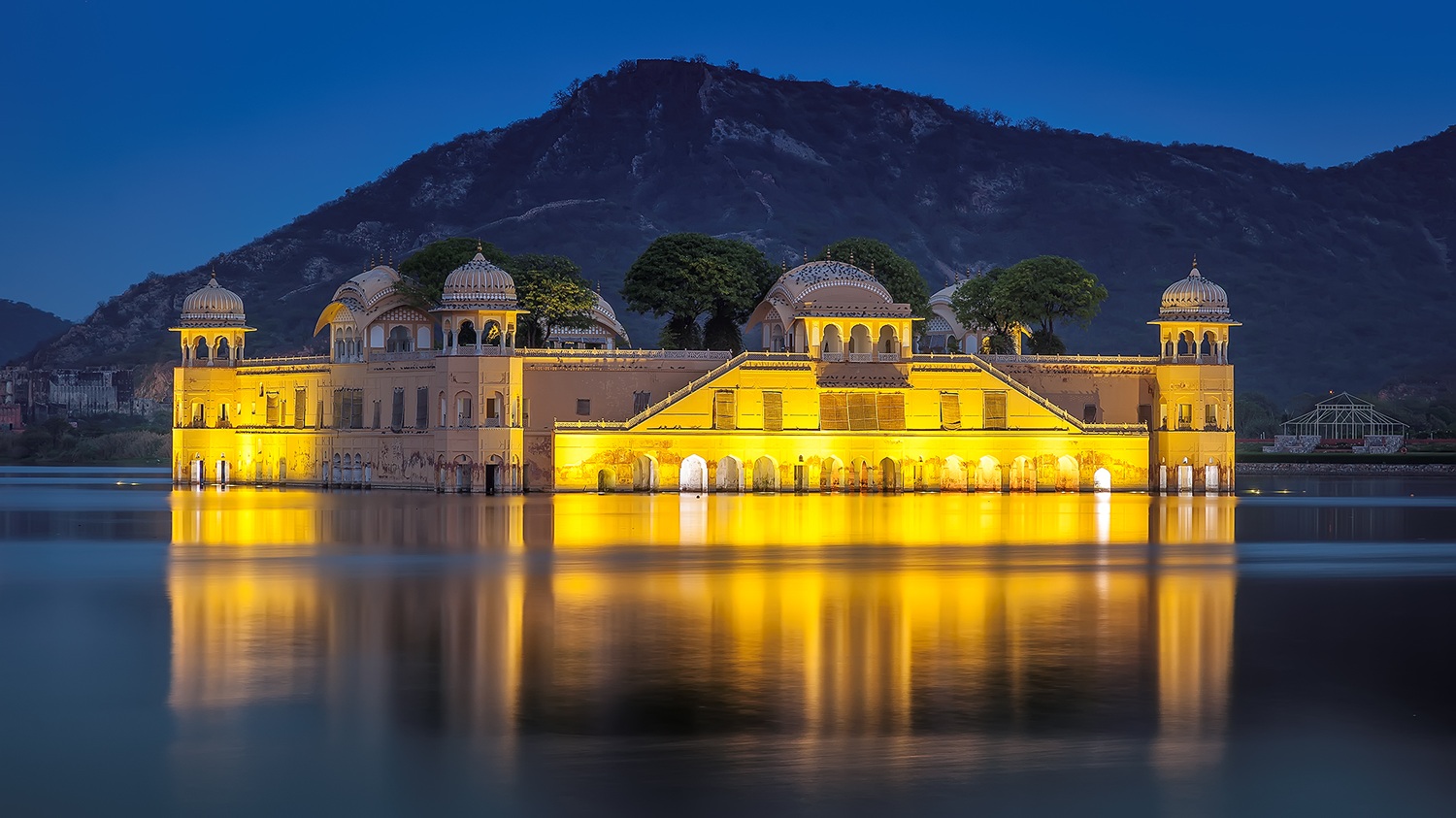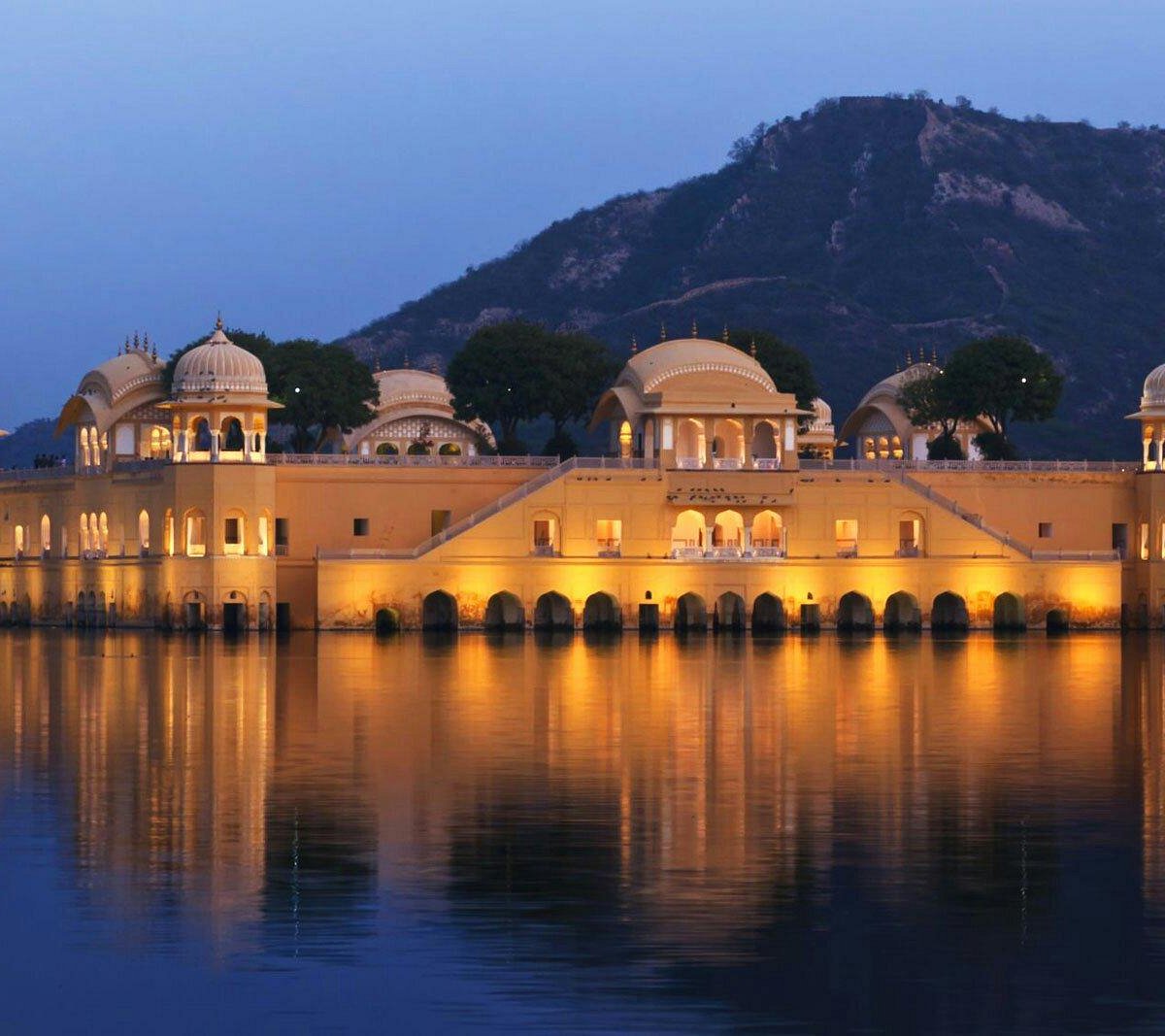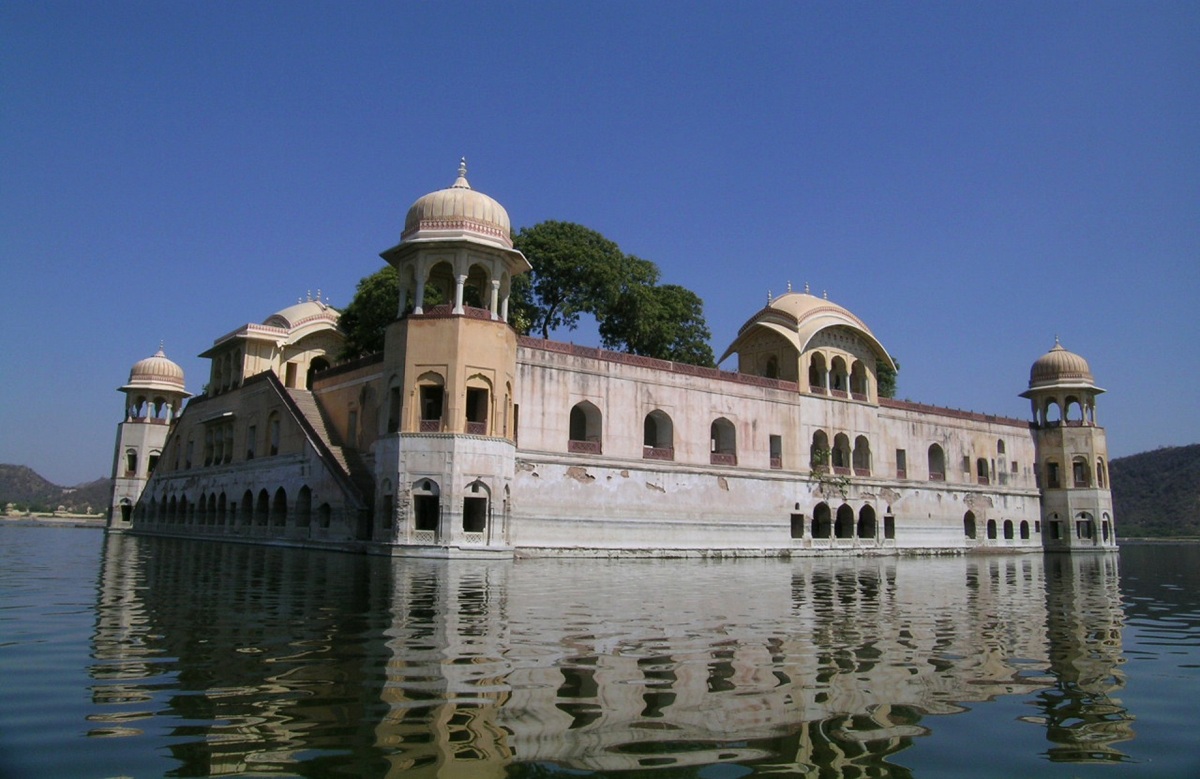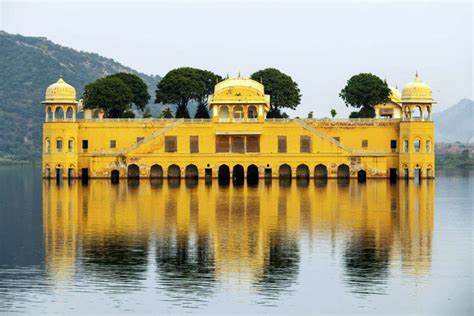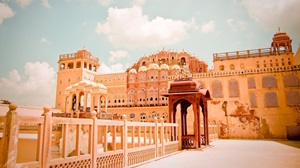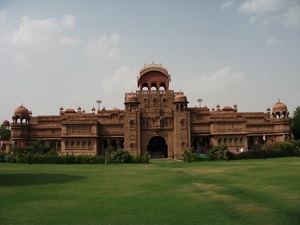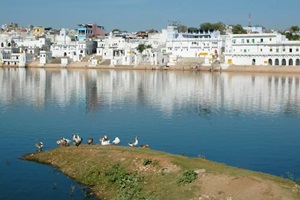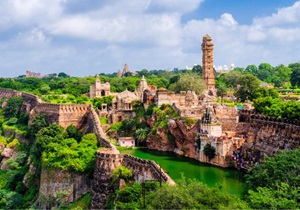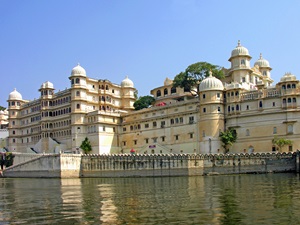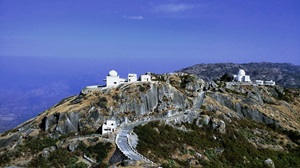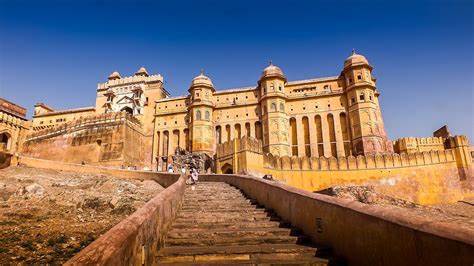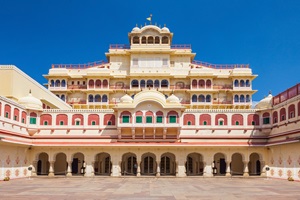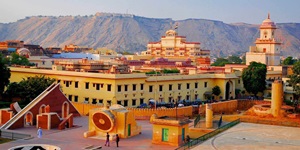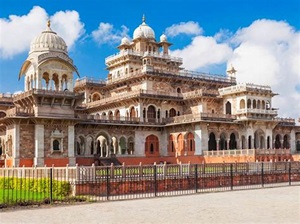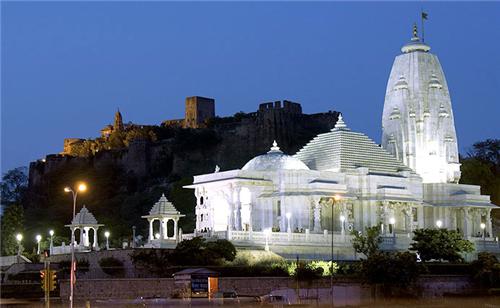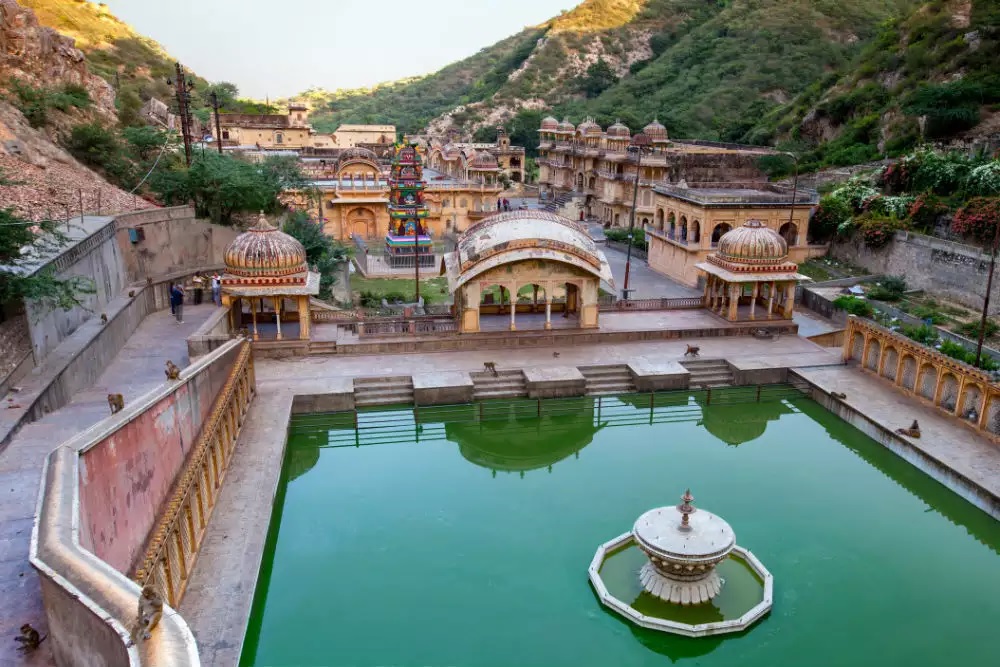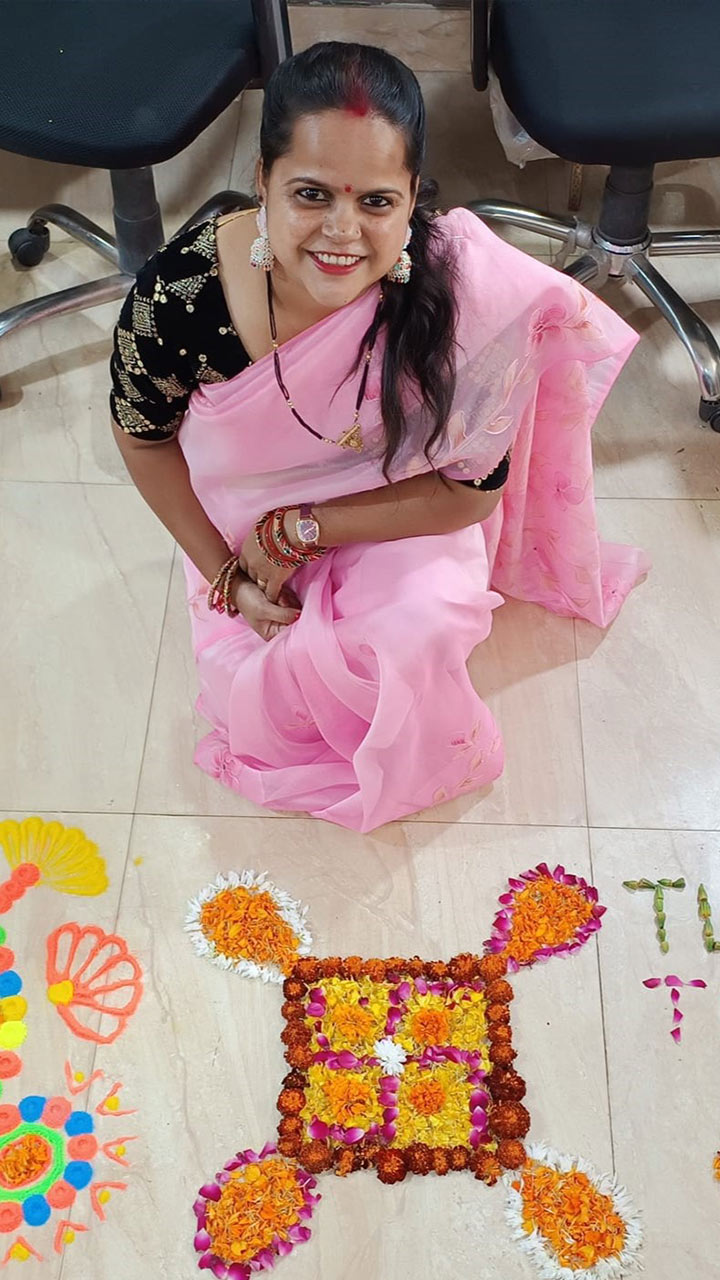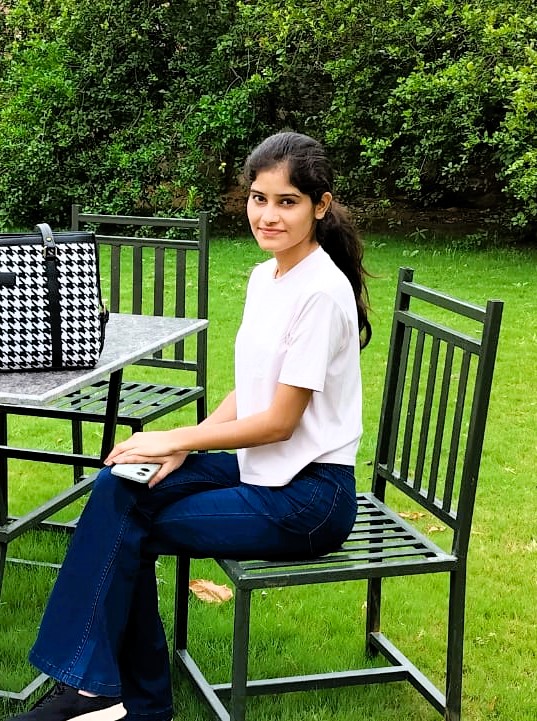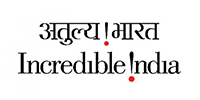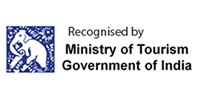Jal Mahal, meaning “Water Palace,” is one of the most beautiful and serene landmarks in Jaipur, Rajasthan. Situated in the middle of Man Sagar Lake, this architectural marvel appears to float on the water, creating a mesmerizing reflection that enchants visitors. Built in the 18th century by Maharaja Madho Singh I, Jal Mahal was intended as a royal summer retreat and hunting lodge.
The palace beautifully showcases Rajput and Mughal architectural styles, with its sandstone walls, elegant balconies, and intricately carved chhatris (domed pavilions). Though visitors cannot enter the palace as it is closed to the public, they can admire its stunning facade and scenic surroundings from the lakeshore. A visit to Jal Mahal at sunset is an unforgettable experience, as the golden hues of the setting sun cast a magical glow on the palace and its reflection in the tranquil waters.
History of Jal Mahal
Jal Mahal was originally constructed in the 18th century by Maharaja Madho Singh I as a hunting lodge for royal duck hunting parties. However, it was never meant to be a permanent residence. The palace was strategically built in Man Sagar Lake, which was artificially created by damming the Dharbawati River to solve the water shortage problems of Jaipur.
Later, in the 18th and 19th centuries, Maharaja Jai Singh II of Amber renovated and expanded Jal Mahal, giving it its current architectural charm. Over time, the palace and the lake suffered from neglect and pollution. In the early 2000s, a major restoration project was undertaken to clean Man Sagar Lake and preserve Jal Mahal’s architectural beauty.
Today, Jal Mahal stands as a symbol of Jaipur’s royal heritage and architectural brilliance, attracting tourists, photographers, and nature lovers from around the world.
Architectural Highlights of Jal Mahal
Jal Mahal is an architectural masterpiece, showcasing a blend of Rajput and Mughal styles. Constructed using red sandstone, the palace’s elegant design harmoniously complements the surrounding Aravalli hills and the tranquil lake.
Key Architectural Features of Jal Mahal
- Floating Palace Design – Jal Mahal is built in the middle of Man Sagar Lake. Remarkably, four of its five stories are submerged underwater, leaving only the top floor visible.
- Chhatris (Domed Pavilions) – The palace features four octagonal chhatris on its corners, designed in Bengal-style architecture, and a beautifully carved square-shaped pavilion on the terrace.
- Elegant Terraces and Gardens – The terrace was once adorned with royal gardens featuring fragrant flowering plants and decorative trees.
- Rajput and Mughal Influence – The architecture showcases Rajput-style jharokhas (balconies) and Mughal-style arches, blending elegance with grandeur.
- Water Conservation Design – The palace was ingeniously designed to cool the interiors naturally using the surrounding lake water, making it a perfect summer retreat.
- Reflection on Water – The symmetrical design and strategic placement of Jal Mahal create a mirror-like reflection in the water, enhancing its scenic beauty.
The combination of red sandstone against the blue water and green hills makes Jal Mahal a picturesque and photogenic site.
Best Things to Do at Jal Mahal
Although entry into Jal Mahal is prohibited, visitors can enjoy a variety of activities around Man Sagar Lake:
- Admire the Architecture – Observe the stunning blend of Rajput and Mughal architectural elements from the lakeshore.
- Photography – Capture breathtaking reflections of Jal Mahal on the tranquil waters, especially during sunrise or sunset.
- Take a Boat Ride – Though official boat rides are not available, local boats sometimes offer a closer view of the palace.
- Evening Stroll – Enjoy a leisurely walk along the lakeside promenade, lined with street food stalls and local handicraft vendors.
- Bird Watching – The surrounding wetlands attract migratory birds, including flamingos, herons, and kingfishers, making it a popular spot for birdwatching.
- Shopping and Street Food – Explore the nearby market stalls selling traditional jewelry, handicrafts, and delicious Rajasthani snacks.
How to Reach Jal Mahal
Jal Mahal is located on the Amer Road, on the way to Amer Fort, making it easily accessible from various parts of Jaipur.
- By Car/Taxi: Just 4 km from City Palace and 11 km from Jaipur Railway Station, taking about 20 minutes by car.
- By Auto-Rickshaw: A budget-friendly and convenient option for local travel.
- By Bus: Several local buses connect Jal Mahal to major attractions in Jaipur. The nearest bus stop is Jal Mahal Bus Stop.
- By Bicycle: For adventure seekers, renting a bicycle is a fun way to reach Jal Mahal while enjoying the scenic route.
Best Time to Visit Jal Mahal
- Timings: Jal Mahal is open for viewing all day, but the best times are during sunrise and sunset.
- Entry Fee: Free (No entry inside the palace).
- Best Season: October to March, when the weather is cooler and more pleasant.
- Best Time of Day: Early morning for a peaceful ambiance or evening for a stunning sunset view.
- Special Note: The palace is illuminated at night, creating a magical reflection on the water.
Nearby Attractions
After admiring the beauty of Jal Mahal, explore these nearby attractions:
- Amer Fort (4 km away) – A magnificent hilltop fort known for its royal palaces and scenic views.
- Nahargarh Fort (6 km away) – Offering panoramic views of Jaipur city, especially at sunset.
- Jaigarh Fort (5 km away) – Home to the world’s largest cannon on wheels and spectacular hilltop views.
- Kanak Vrindavan Gardens (2 km away) – Beautiful gardens with temples and fountains, perfect for a peaceful stroll.
- City Palace (4 km away) – A royal residence and museum showcasing Rajasthan’s cultural heritage.
Cafés & Restaurants Near Jal Mahal
After enjoying the serene views of Jal Mahal, relax at these nearby cafes and restaurants:
- Jal Mahal Restaurant – Located near the lakeside, offering Rajasthani cuisine and a great view.
- The Stag Rooftop Café – Known for its panoramic views of Amer Fort and Jal Mahal.
- 1135 AD Restaurant (at Amer Fort) – A luxury dining experience with traditional Rajasthani dishes.
- Laxmi Mishtan Bhandar (LMB) – Famous for its authentic Rajasthani sweets and snacks.
Essential Travel Tips for Jal Mahal
- Visit during sunrise or sunset for the most stunning views and photographs.
- Carry a camera to capture the mesmerizing reflection of the palace on the water.
- Wear comfortable shoes if you plan to walk along the lakeside promenade.
- Beware of local hawkers, as they can be persistent.
- Protect yourself from the sun with a hat, sunglasses, and sunscreen, especially during midday visits.
Quick Facts About Jal Mahal
|
Feature |
Details |
|
Location |
Man Sagar Lake, Jaipur, Rajasthan |
|
Built In |
18th Century by Maharaja Madho Singh I |
|
Architectural Style |
Rajput and Mughal |
|
Material Used |
Red Sandstone |
|
Floors |
Five (Four submerged underwater) |
|
Entry Fee |
Free (No entry inside the palace) |
|
Timings |
Open all day for viewing |
|
Best Time to Visit |
Sunrise or Sunset |
|
Nearby Attractions |
Amer Fort, Nahargarh Fort, Kanak Vrindavan Gardens |
|
Photography |
Allowed |
